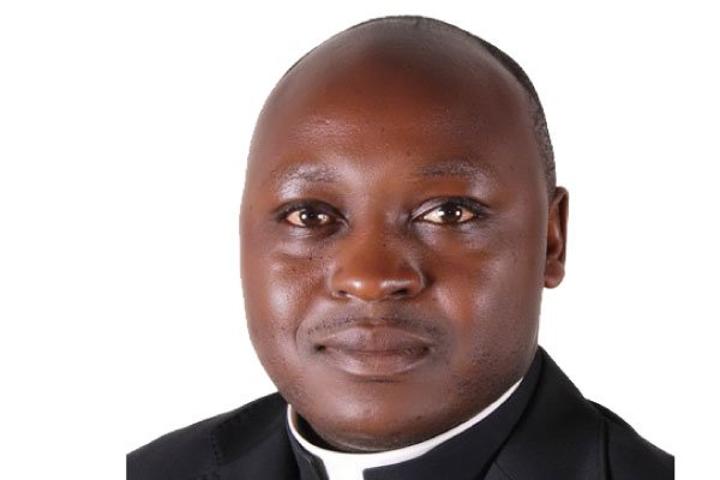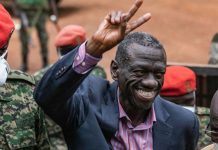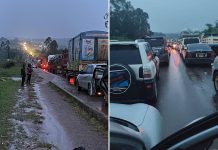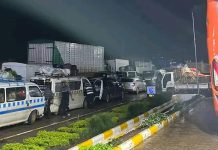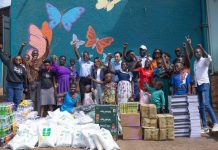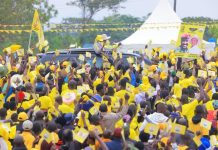Africa-Press – Uganda. Reflecting on the various post-election analyses in regard to the odd performance of NRM in Buganda and in Busoga sub-regions, I cannot help but shake my head at the rush to assign blame.
Most analyses are focused on one or two issues, and present the one or two issues as the full explanation of what influenced voter behaviour.
To get a wholistic picture, pundits will have to collate the various elements that marked the election so as to give compelling explanations about the impulses that informed voter decision.
It is premature and unhelpful at this time to offer quick answers, or find someone, or some group to blame. Selective analysis will only give a partial view of the political phenomenon we just witnessed.
There are a lot of unanswered questions at this time and I hope political actors and their analysts will get the time and space to have an honest and focused conversation before rushing into offering quick explanations.
I am still asking myself: Looking at the voting patterns throughout Uganda, what evidence backs the argument of the revival of the ‘politics of identity’ in the country?
Given the long-term lack of political change, do young voters feel neglected and politically excluded? What psychological role did the application of a disproportionate level of force by law enforcement agencies play in fomenting sympathy for some political actors?
What is the attitude toward government of a sizable section of Ugandan voters who are still trapped in poverty? Political decisions and behaviour are layered and complex processes that require time to get to the bottom. Quickly assigning blame or offering explanations is not a wise thing to do. I am writing this while somewhere deep in rural Busoga. The argument that the less than robust performance of the NRM party in Busoga was due to the revival of the “politics of identity” is simply unfounded.
One hot button issue in Busoga is the economic condition of the sub-region. The government zoned Busoga as a “sugarcane belt” and over the years, the region adopted sugarcane as its main cash crop.
Thousands upon thousands of acres of good arable land in the region are covered with sugarcane. The recent crisis in the sugar industry in Uganda had a huge influence on voting patterns in the region.
The drop in the prices of sugarcane, and later the near stopping of buying of sugarcane by the numerous mills that dot the region, literally collapsed the economy of Busoga.
The sluggish intervention by government created anger, a sense of abandonment, and a sense of economic exclusion whose effects were felt in the electoral outcomes. Creative short-term and long-term solutions will have to be worked on to regain the region.
Furthermore, I also saw the effects of the disconnect between the government’s well-intentioned macro-economic plans, and the micro-economic interests of ordinary Ugandans.
While the government has done a good job of building smooth highways, bridges, hydro-electric power dams, and the establishment of industrial parks around the country – the poor little houses that dot such smooth and expensive highways tell a story of their own.
Macro-economic plans need to be backed up by solid, well thought out, and corruption-free micro-economic plans. The two plans need to work in tandem like two healthy functioning lungs.
Showing off beautiful highways and industrial parks while people have no money in their pockets or households, makes people question the nature of development happening. Of course people will continue voting for whoever plans or promises to put money in their pockets or households.
Fr Jenga is a Catholic priest. fjenga@yahoo.

